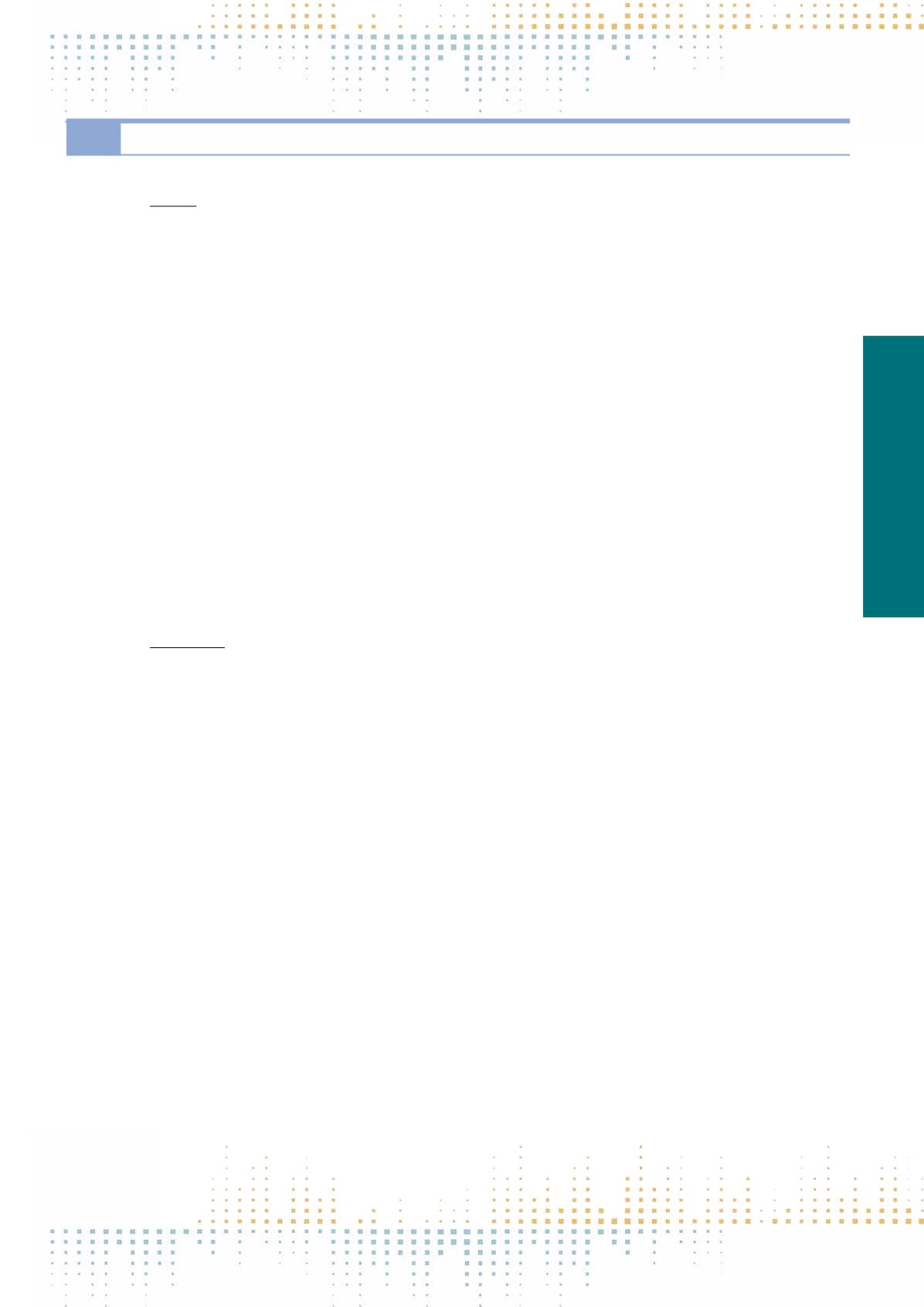

529
Friday, November 11
1 6 : 0 0 – 1 7 : 3 0
POL10
Political Campaigning and Political Messages
PP 355
30 Second Politics, 30 Years too Late Political Advertising on Television in Swedish Election Campaigns
M. Grusell
1
, L. Nord
2
1
Göteborg University, Dept. Of Journalism- Media and communicatoin, Göteborg, Sweden
2
Mid Sweden University, Sundsvall, Sweden
Televised political advertising appears in very different national political communication contexts. Most previous research has been conducted in the U.S.
and conditions in Europe differ in many ways: most political systems are multiparty based, election campaigns are shorter and public service media have
a stronger position in television markets. Some European countries allow political ads in TV, with or without restrictions; in other cases there are dual
systems, combining TV ads with special political party programs. Sweden is an interesting case to study. During many years, political ads on TV were not
allowed at all. However, with the transition from analogue to digital terrestrial television the public service obligations of the ‘hybrid’ channel TV4 were
dismantled. In the 2009 European Parliamentary Elections all non-socialist parties used political ads on TV4. One year later, in the 2010 National Election
campaign, political advertising on TV had its breakthrough as all Swedish parliamentary parties bought advertising time on TV4. In a few years, political
advertising has become a natural element in Swedish election campaigns. Generally speaking, the transformation of political TV ads from non-existence
to a central role in the campaign is remarkable. Furthermore, it is worth note that Sweden now has a very liberal view on political advertising on TV. There
are really no limits, at least not from an economic perspective. If the parties agree with TV4 – and have a large enough budget -– they can basically buy
as many spots as they want. On the other hand, the importance of the new communication channel is contested, as it is pressed between traditional paid
media channels and expanding campaign activities on social media platforms. This paper intends to shed new light on political TV ads as a new campaign
feature in a rapidly transforming political communication environment. The two last national Election campaigns in Sweden, 2010 and 2014, are basically
analysed from a party campaign strategy perspective. Methodologically, the paper is based on party surveys and personal interviews with campaign
managers of all political parties. Theoretically, the study relates to the concept of hybridization of election campaigns, or the merger between traditional
country specific practices and transnational features as discussed in previous literature (Plaser & Plasser 2002; Pfetsch & Esser 2012). The study intends to
increase knowledge about the nature of the hybridization process by focusing on a critical case where one of the most adopted campaign practices world‑
wide are finally implemented within a specific national context and deviating political culture. Keywords: Political advertising, television, Sweden, election
campaigns, hybridization
PP 356
Campaigning Across Media Platforms – Danish Politicians and Their Communication Activities in the 2015 National Election
M. Blach-Ørsten
1
, R. Burkal
1
, M.K. Eberholst
1
1
Roskilde University, Journalism, Roskilde, Denmark
Recent studies of political communication in Scandinavia indicate that more politicians are becoming active on Twitter – even though Twitter use in Scandi‑
navia is still relatively low and Twitter, unlike Facebook, is mostly associated with an elite made up of politicians, journalists and people working profession‑
ally with communication. The recent studies also show that the politicians who are most active on Twitter are the young, the unknowns and the mid-level
politicians, whereas the established top level politicians are less active (Larsson & Kalsnes, 2014).The reason of this might be that the established politicians
have high newsworthiness and thus easy and generous access to the traditional news media outlets in Denmark (Skovsgaard & Van Dalen, 2014; Blach-
Ørsten, 2014). Thus, established politicians have less need for social media to create attention for their campaign, whereas Twitter for the less newsworthy
politicians offer a low cost way to try to gain both public and media attention (Skovsgaard & Van Dalen, 2013; Larson & Kalsnes, 2014). Based on the as‑
sumptions that a) well-known politicians will be less active on twitter and more active in legacy news media and b) younger, midlevel and unknown
politicians will be more active on twitter, we analyse the cross media activities of all (799) candidates running for the Danish Folketing in the 2015 national
election campaign. For the legacy newspapers, we conducted a content analysis registering all quotes or mentions of all candidates running for the Folket‑
ing.The content analysis include the seven morning newspapers in Denmark as well as their online version, three of the most popular radio news shows and
four of the most popular evening news shows on public service television (n=approx. 9000 items). For theTwitter-analysis we harvested all tweets relevant
to the national election using an Open Source tool called “Your Twapper Keeper” modified and set up for harvesting all relevant electoral hashtags from
the announcement of the election to the end of the campaign. A total of 262.000 tweets was harvested and included in the analysis. Our preliminary results
suggest that indeed the top-level politicians ignore twitter in their election campaign. Of the three most highly profiled politicians in Denmark, one has no
twitter account, one has a twitter account by has never been active and the third tweeted a total amount of thirteen tweets in the entire election campaign.
On the other hand, the same top-level politicians were among the most quoted politicians in the legacy news media. On twitter the top three most active
politicians were two unknowns and one midlevel politicians. The most active and unknown politician, tweeted at total of 700 tweets, the second largest
number of tweets were 272 – none of the top three twitter active politicians were elected by the final tally of the vote.



















